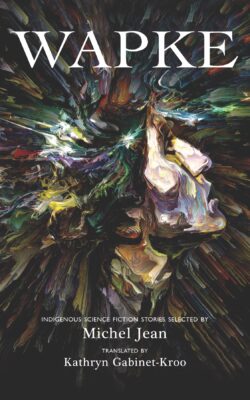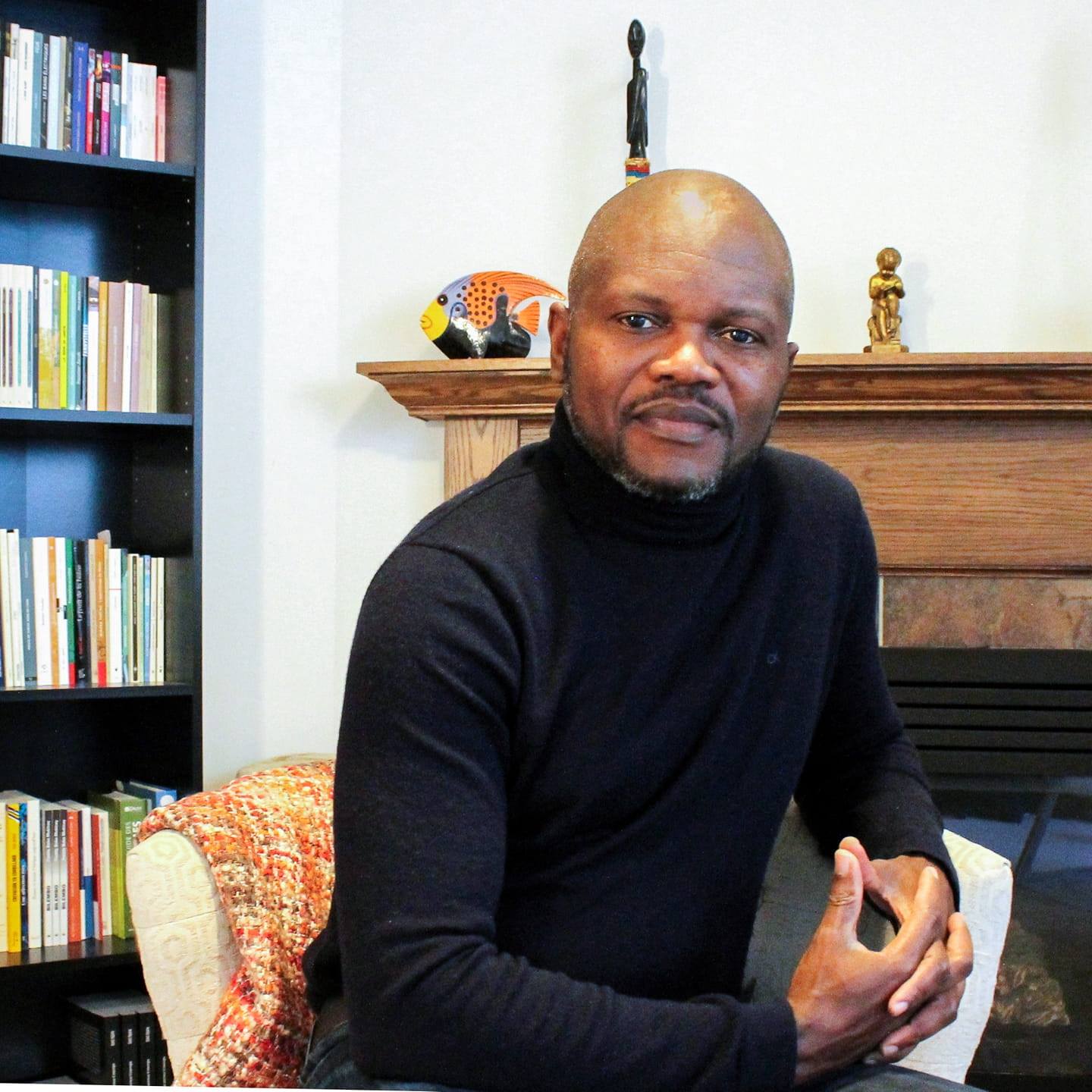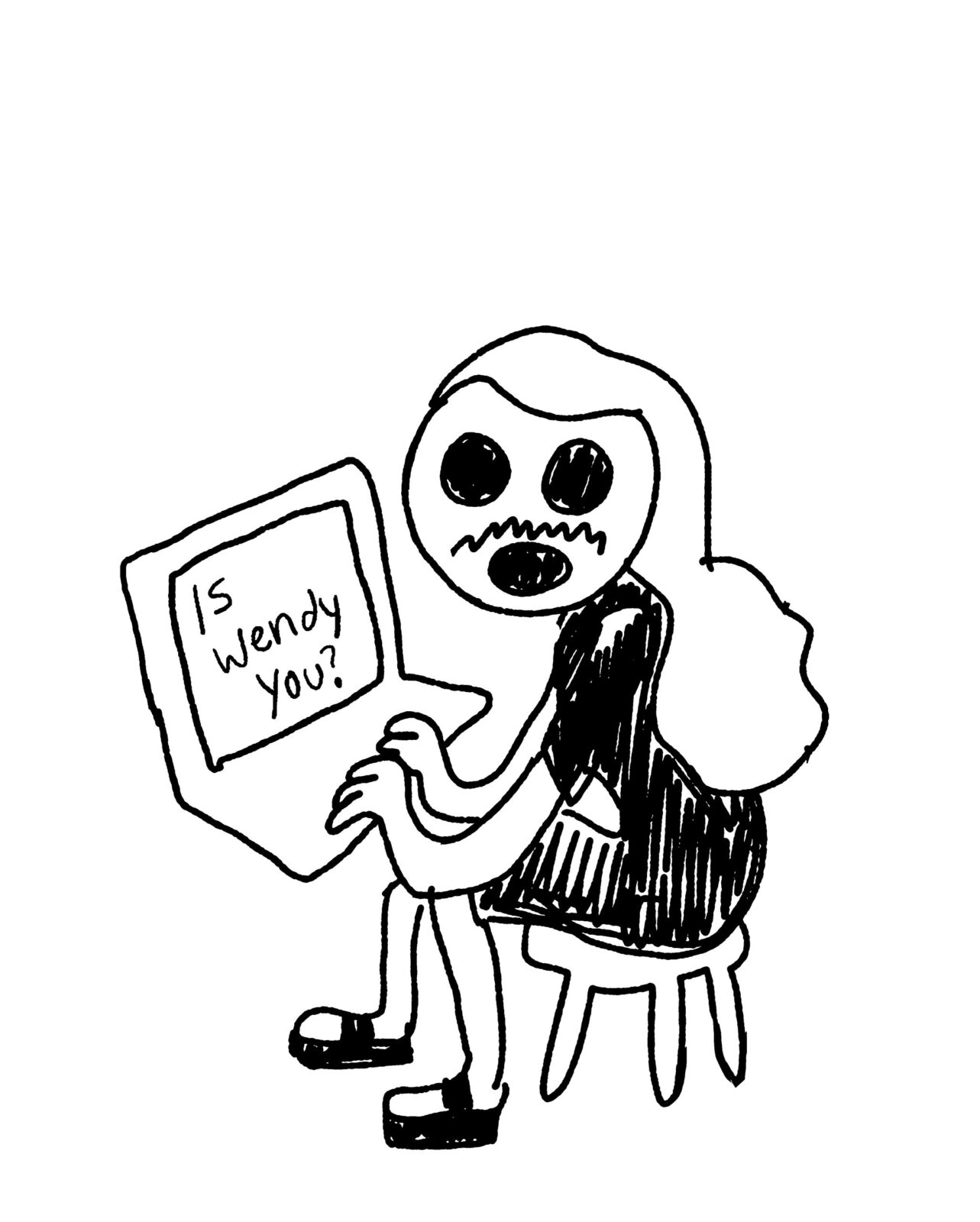W
hen I ask Michel Jean, the editor of Wapke, what gave him the idea to assemble this first collection of sci-fi stories by francophone Indigenous writers, he tells me a funny story.He thought he’d come up with the idea himself, and excitedly shared it with his friends, Louis-Karl Picard-Sioui and Isabelle Picard (whose stories would eventually appear in the anthology). They were supportive, but Jean had the impression that they were chuckling at him. Soon afterward, he remembered that it was Picard-Sioui and Picard themselves who had told him about Indigenous futurism and had initially suggested that he edit a collection of Indigenous sci-fi stories. He laughs as he tells me this. It’s a fitting example of the circularity and camaraderie built into the small but growing Indigenous writing community in Quebec.
For Jean, a celebrated Innu writer and journalist from Mashteuiatsh, and the author of nine books to date (including Kukum and Tiohtiá:ke), Wapke is both a literary and a community-building project. Jean’s previous anthology, Amun (Stanké, 2016), was the first collection of short stories from Indigenous writers in French. Amun was successful in the francophone market, and Jean was pushed to do a follow-up volume. Once the idea for a sci-fi collection surfaced, he started bringing writers into the project. “It was very Indigenous,” he tells me, “in the sense that it was like a circle. Everyone who wrote a piece for Amun, I offered them to be part of this project. And at the same time, I wanted to have a more diversified group of voices, more nations this time.”
In addition to more established Innu writers, he reached out to newer writers like Janis Ottawa, an Atikamekw language teacher and actor; Elisapie Isaac, the Inuk musician and filmmaker; and Cyndy Wylde, who is Anishnaabe and Atikamekw and a researcher and policy advisor for the Assembly of First Nations Quebec-Labrador. Jean describes his vision of the anthology as “a dog sled. You put the big dogs in the front, like Josephine Bacon, Natasha Kanapé-Fontaine, Marie-Andrée Gill, and then the younger or lesser-known writers you put behind, and I’m the musher standing behind, directing them to run. Everyone gives what they can, and the sled goes at the speed of the whole group.”
Wapke Exile Editions
Indigenous Science Fiction Stories
Edited by Michel Jean
Translated by Kathryn Gabinet-Kroo
$24.95
paper
160pp
9781550969948
Wapke’s fourteen stories imagine both utopian and dystopian Indigenous-centered futures. Many portray something in between: climate change has ravaged the planet and added to the traumas that Indigenous communities already face, but settler-capitalist collapse has left space for Indigenous people to return to their lands, where they are able to use generational knowledges of how to live sustainably – as Indigenous people had been doing for thousands of years. Jean notes the vastness of the stretch of time pre-colonization, especially compared to the 400 years of colonization which have led to environmental collapse and generations of trauma.
The teenaged diarist in Marie-Andrée Gill’s opening story, “Ten Days on Birchbark,” laments the loss of smartphones, gaming, and “pizza, poutine, French fries, soda pop,” which are no longer available due to urban and technological collapse. Meanwhile, the teen’s N’tuss (auntie) remarks that “it’s funny that it was called ‘civilization’ because in her opinion, that world was never civilized.” There is ambivalence in the diarist’s lament: she looks forward to a future in which people who are born in her era don’t miss pizza or online gaming the way she does, because they never experienced them. In Jean’s contribution, “The Great Trees,” Juuk and Kuuk, two siblings, live in a world devoid of so-called modern devices and systems. The story is dreamlike and disorienting; we are not sure whether they are living in the distant future or the distant past for much of the story, until a satisfying twist.
In other stories, Indigenous people have harnessed technology to survive climate change. In Elisapie Isaac’s “2091,” one of the most hopeful stories in the collection, the North has become the most hospitable place to live. Shamanic practices have slowly resurged among Inuit people, after four generations of trauma from the residential school system. This has led to Inuit-led technological development, a suspension railway, an international music festival, and “the best mushrooms in the world.” In Natasha Kanapé-Fontaine’s “Kanatabe Ishkueu,” new climate architecture is developed by Indigenous people, with the help of AI, to protect humans from the coming ice age by allowing them to live suspended above the surface of the earth. However, the technology has had an ambivalent effect. The protagonist seeks out a rumoured tech-free clan, which lives in seclusion on Nitassinan territory. “Who, in the 2100s, would still live that way, considering everything that technology can do for us?” She can’t understand this old way of living, but is inexorably drawn towards it.
Some stories are unquestionably dystopian. J.D. Kurtness’ “Sausages,” a stand-out story in the collection for its noirish humour and its confidence in not over-explaining its future world, follows a worker responsible for dealing with the bodies of other humans who live plugged into a Matrix-like digital simulation. The worker has opted out of plugging in, and disparages the tech-dependent “sausages,” yet they are exhausted by the disgusting and repetitive nature of their own work, and the infeasibility of the constrained “unplugged” life in the climate-change-ravaged, hyper-capitalist world.
In Alyssa Jérôme’s “Uapach-Unaikan,” an Innu teacher wishes herself away from the city, to the north where she has never been: “I want to gather my own fruits, the ones that taste so sour but so very real.” She has been promised a return to her people’s land once she has taught for a certain amount of years in the city, but now that she has completed her time, she discovers that the state’s promise is a lie. In “Pakan (Differently),” Cyndy Wylde follows three generations of Indigenous women who struggle to regain reproductive rights, as the future colonial government continues to find new ways to control Indigenous women through denying them bodily autonomy.
Some of Wapke’s stories feel underdeveloped, or over-intent on explaining every detail of their future settings, to the detriment of narrative tension – a common challenge for writers of sci-fi short stories. Nonetheless, the anthology offers a thought-provoking, Indigenous-centered array of future worlds. As Jean says, perhaps the most compelling element of the collection is “the text behind the text” – the critiques and possibilities that drive each tale. He dreams of future anthologies being translated into several Indigenous languages, instead of just French and English. Through projects like Wapke, he and other Indigenous writers are building a hopeful future for Indigenous literature in Quebec.mRb
Photo: Julien Faugère







I translated both Amun and Wapke into English, bringing these two great collections to the attention of their publisher, Exile Editions, and thus to the attention of English readers. As always, a shout-out would have been appreciated!